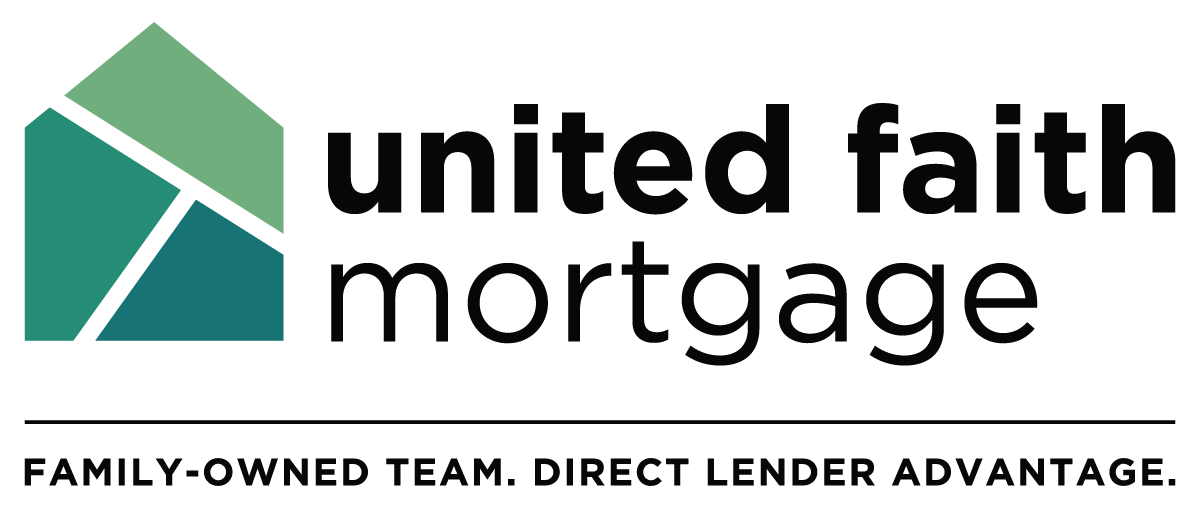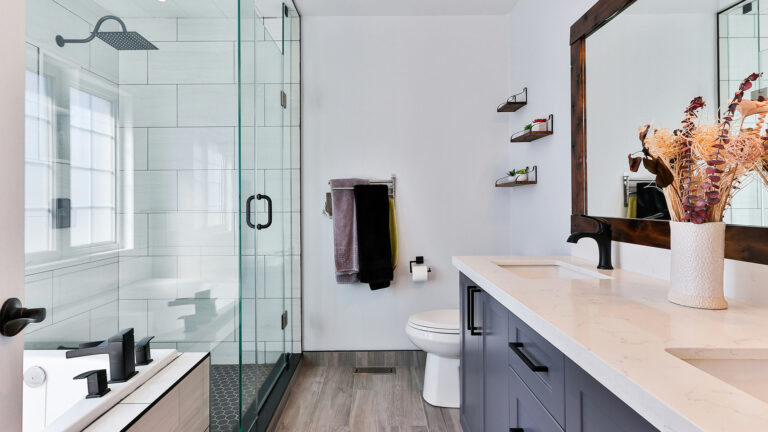If you’re looking for a home, you’ve probably heard the term “Private Mortgage Insurance,” or PMI. This the insurance you pay on a loan when you have a low down payment, and it’s to protect lenders and investors from defaults on a mortgage loan.
When you have to have PMI:
You typically are required to have mortgage insurance if you put down less than 20% of your home’s purchase price. That’s why you need to weigh the benefits before you take the low-down payment loan you qualified for – once you take mortgage insurance into account, you may realize it’s more expensive over the long run. You can spend over a thousand a year on PMI alone, and frankly that’s not an uncommon figure.
How it Works: the Pros and Cons…
The most straightforward way to get rid of PMI is to either pay the 20% down payment up front, or work to pay your mortgage down to below the original 80% of your home’s value. You can then request to have your PMI removed, so long as you maintain a good payment history. Details of requirements from the Consumer Financial Protection Bureau can be found here.
The nice thing is, PMI can allow you to purchase a house if the perfect one comes up, even if you can’t put 20% down right away. So there are benefits as well! We just recommend you focus on saving and paying down your mortgage until you can get rid of it – if you’d like a few tips to help you save money, check out a blog here for some help!
As always, give us a call if you’re looking for a lender! We’re faith and family based, and we’d love to help you find the perfect home for you and your family.
Best,
Audrey
The Christian Mortgage Mom




